Frustrated with the size of pockets on women’s pants, Jan Diehm and Amber Thomas for The Pudding, measured pocket sizes in 20 popular jean brands. They compared men’s and women’s pockets and calculated what actually fits in the mix of sizes.
[W]e programmatically determined whether various everyday items could fit in an otherwise empty pocket in jeans that aren’t being worn. (If an object won’t fit in the pocket of a pair of jeans on the hanger, it certainly won’t fit when you’re wearing them.) Only 40 percent of women’s front pockets can completely fit one of the three leading smartphone brands. Less than half of women’s front pockets can fit a wallet specifically designed to fit in front pockets. And you can’t even cram an average woman’s hand beyond the knuckles into the majority of women’s front pockets.
Impressive and informative work.
It reminds me of the Amanda Cox graphic that compared women’s dress sizes for different brands in 2011. There’s also the broken waistline measurement.
Let’s just all wear sweats from now on.



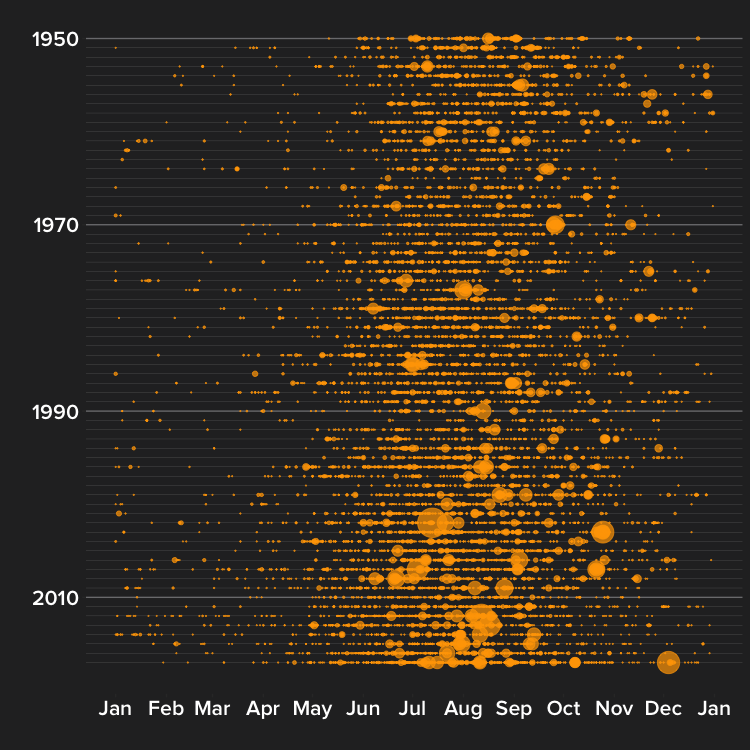
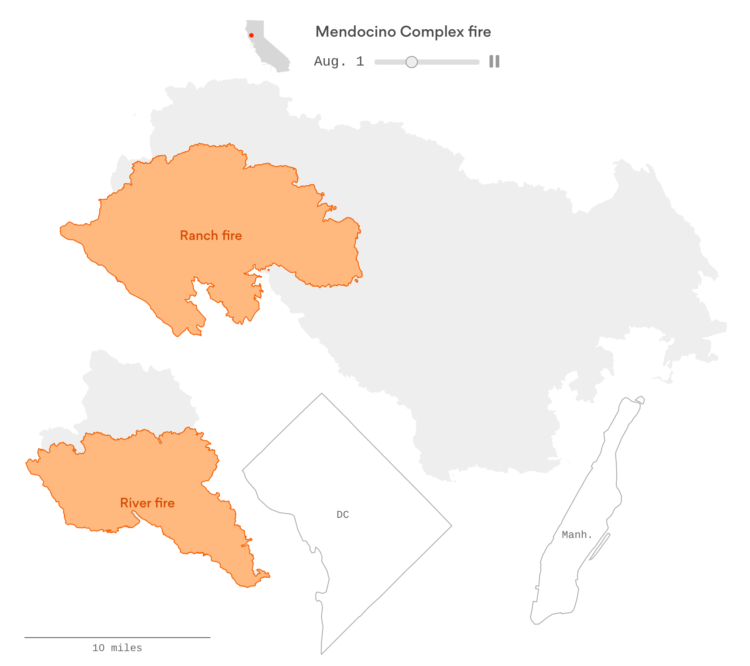
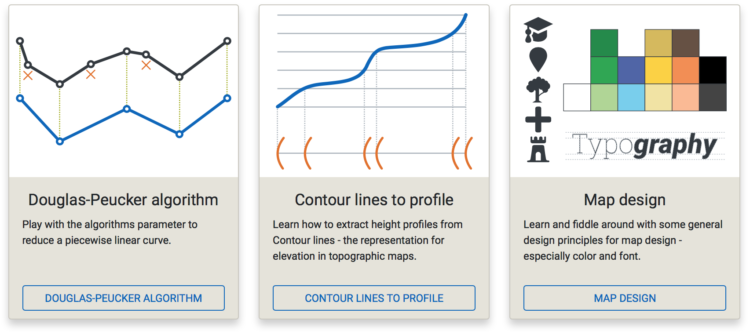
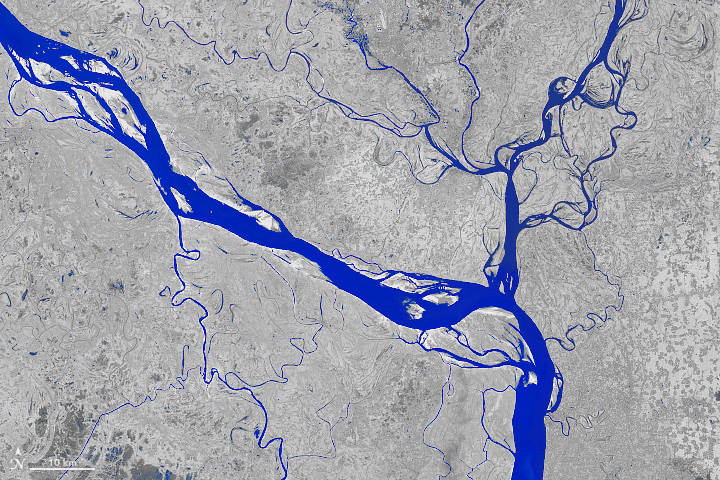
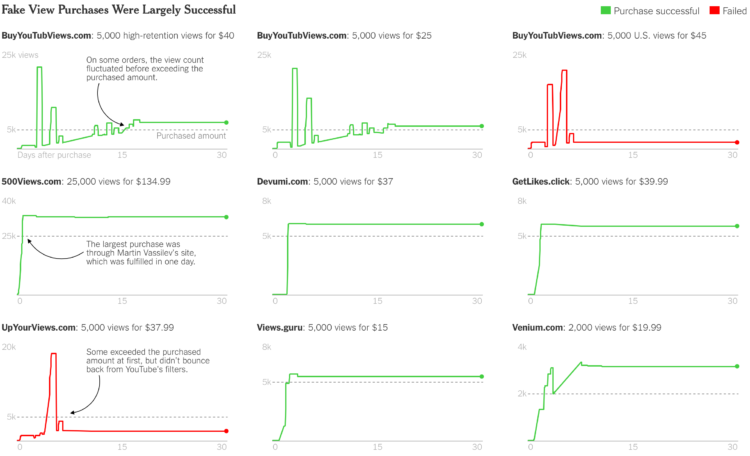
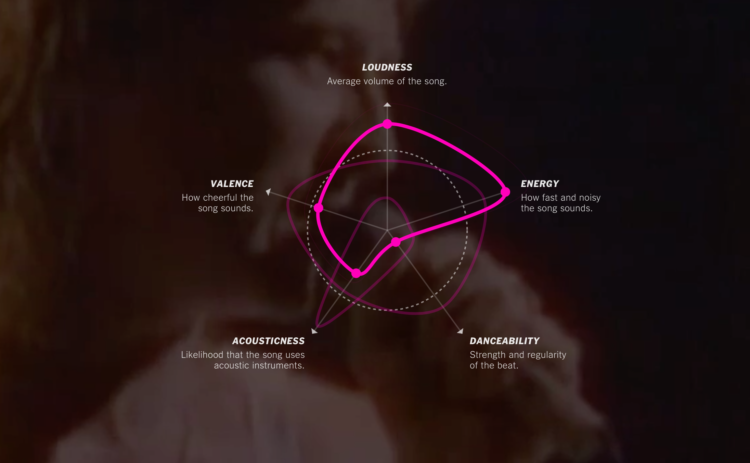
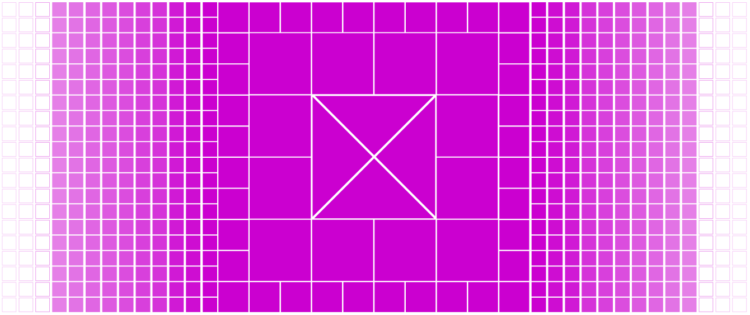
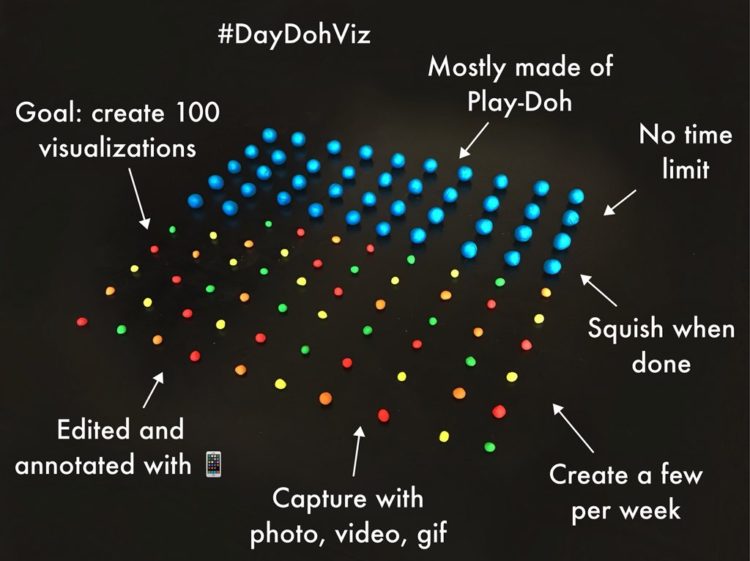
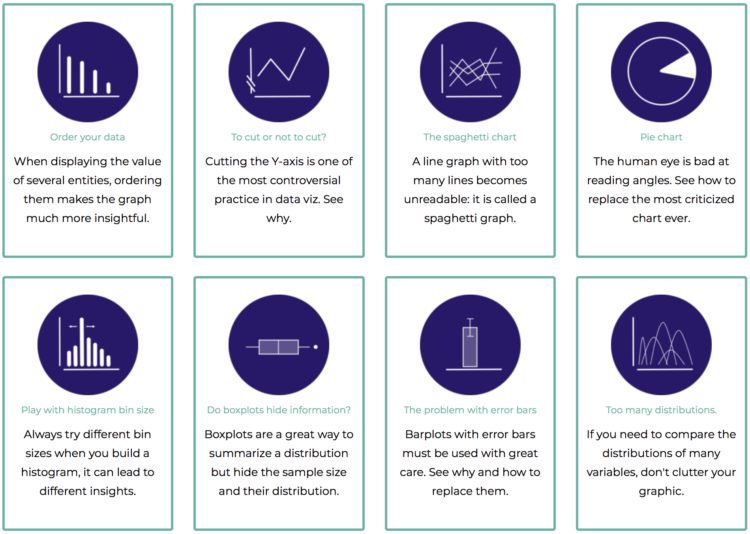
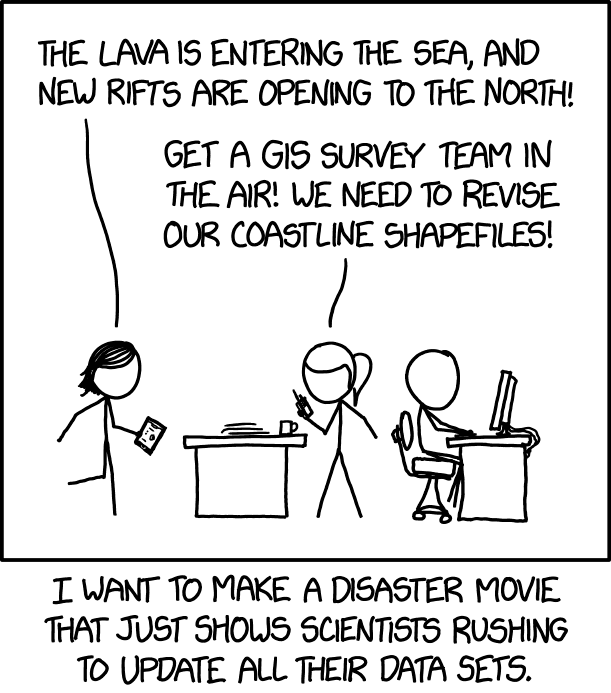 From xkcd, a
From xkcd, a 
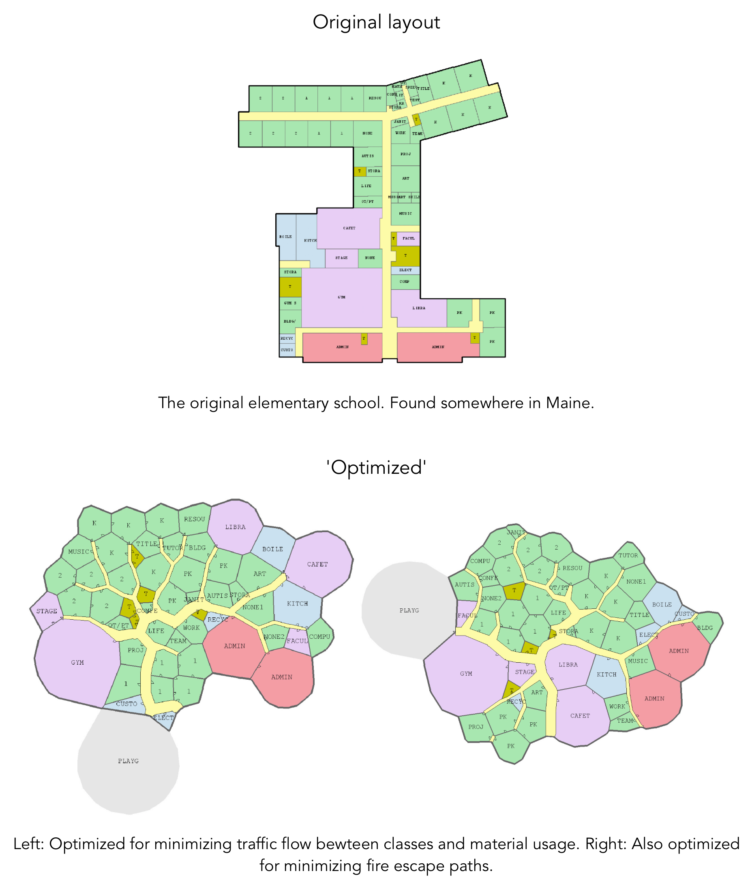
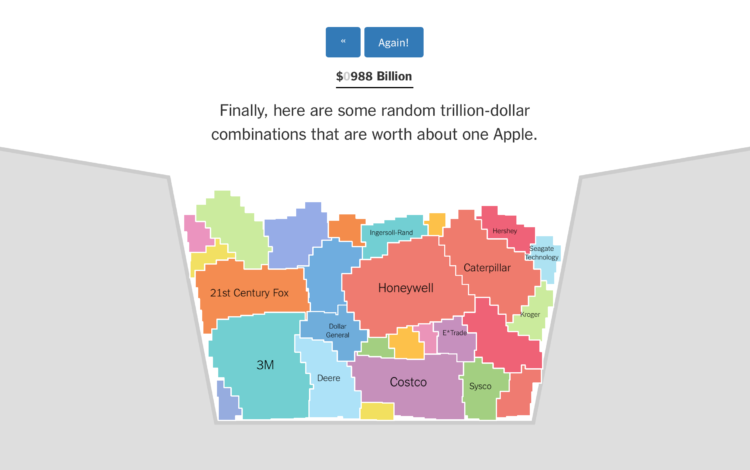











 Visualize This: The FlowingData Guide to Design, Visualization, and Statistics
Visualize This: The FlowingData Guide to Design, Visualization, and Statistics
